The Model for Advancing
Public Safety
A Blueprint to Understand Your Environment
For public safety leaders, staying on top of these factors is a challenging job. To help overcome this challenge, MCP developed the Model for Advancing Public Safety® (MAPS®), a proprietary assessment framework that helps officials understand where their organization stands in key areas and provides a quick view into where they need to prioritize.
Review our State of the Industry: Analysis and Insights Reports that we developed based on hundreds of completed MAPS® assessments and industry expertise.

A Powerful, Actionable Impact
A MAPS assessment provides an impartial, third-party view of an organization’s environment to identify goals and prioritize efforts. It combines public safety and IT standards, formalized accreditation programs, and industry best practices with MCP’s expertise and experience. MAPS assessments also provide:
- A metric to measure progress against
- Benchmark themselves against similar public safety agencies
- Identify short-term opportunities to focus on while building a long-term roadmap
- A tool to communicate with stakeholders and elected officials to justify funding priorities
The MAPS Program provides clients with scoring and a blueprint that demonstrates where they need to prioritize, as well as a comprehensive recommendations report that provides strategies for addressing risk factors.
MAPS® Assessment Capabilities
Organizational structure
Staffing
GIS program
Physical security and cybersecurity
Land mobile radio systems
Next generation 911 readiness
Operations
Public safety technology
Strategic planning
PSAP data integration and analytics readiness
Network inventory and assessment
Request a MAPS® Assessment Today
The key element of the MAPS offering is a color-coded blueprint that depicts the status of each factor that was assessed. The colors are easy to grasp—green indicates factors that are low risk and not in need of immediate attention; yellow indicates those that are at risk; red indicates factors that are at high risk.
The blueprint diagram enables officials to determine where efforts and resources need to be placed to shore up areas of weakness.




